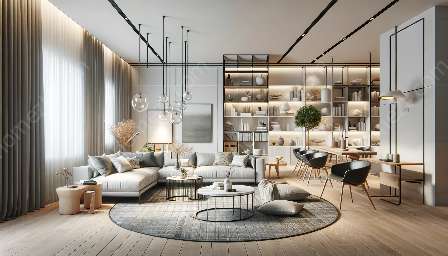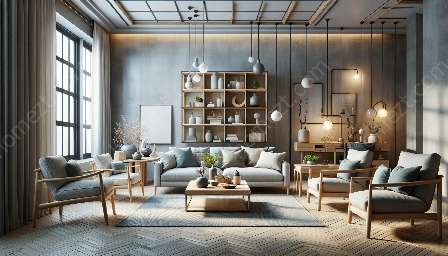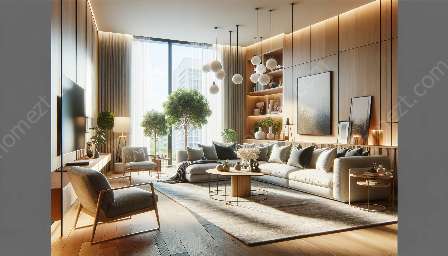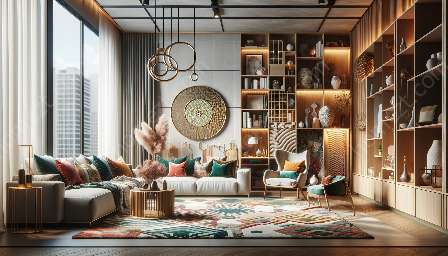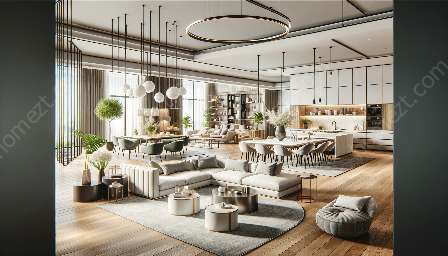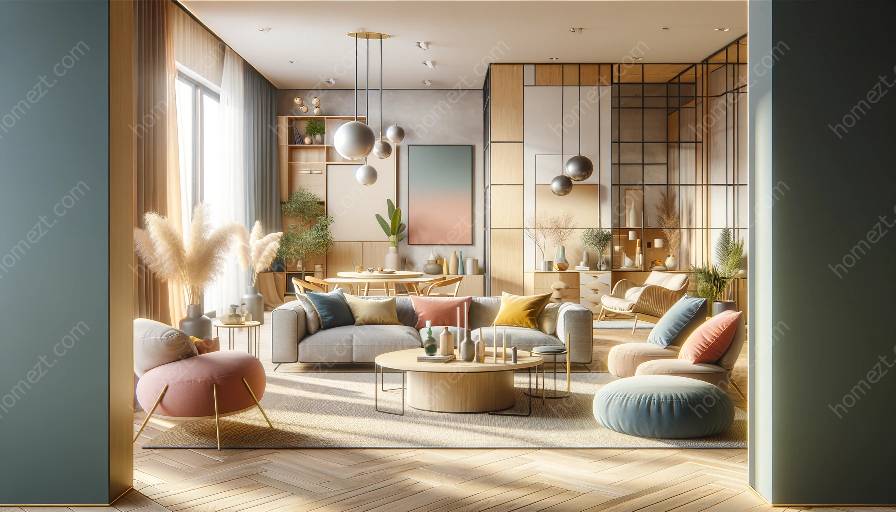Color coordination plays a crucial role in creating an aesthetically pleasing and visually harmonious living space. It involves the strategic selection and arrangement of colors in your home décor, furniture, and furnishings to establish a cohesive and inviting environment. Understanding the fundamentals of color theory and its application can significantly impact the overall ambiance of your living space while reflecting your personal style.
The Power of Color Coordination
Effective color coordination not only enhances the visual appeal of your home but also influences the mood, perception, and functionality of each living area. By integrating a well-thought-out color scheme, you can evoke different emotions and create specific atmospheres within your living space.
Understanding Color Wheel
The color wheel is an essential tool that can aid in selecting and combining colors effectively. It consists of primary, secondary, and tertiary colors, helping you identify complementary, analogous, and monochromatic color schemes. By familiarizing yourself with the color wheel, you can confidently experiment with various color combinations to achieve harmonious outcomes.
Creating a Harmonious Palette
When coordinating colors in your home, consider the overall aesthetic you wish to achieve. Start by selecting a dominant color as the foundation of your palette, followed by supporting and accent colors that complement and highlight the main hue. Harmonizing these colors throughout your furniture arrangement and home furnishings will unite the space and elevate its visual allure.
Incorporating Color into Furniture Arrangement
Integrating color coordination into furniture arrangement involves thoughtful placement and grouping of items to balance the visual impact of different hues. Whether through upholstered furniture, decorative accents, or wall art, consider how colors interact and flow through the room. Strive for a balanced distribution of colors to prevent visual clutter and maintain a cohesive design.
Choosing the Right Home Furnishings
When selecting furnishings such as curtains, rugs, and throw pillows, pay close attention to their color and how they tie into the overall color scheme. These elements can serve as opportunities to introduce pops of color or create subtle contrasts within your décor. By carefully curating home furnishings that align with your color coordination strategy, you can add depth and interest to the space.
Exuding Personal Style
While there are guidelines for effective color coordination, it is crucial to infuse your personal style and preferences into the process. Experiment with different color combinations, textures, and patterns to reflect your unique taste and create a space that resonates with you. Embracing individuality in your color choices can result in a home that feels truly personalized and inviting.
Maintenance and Adaptation
As your living space evolves, reassess your color coordination approach and adapt it as needed to accommodate changes in furniture arrangement and furnishings. Regularly evaluate the balance of colors and their impact on the ambiance, making adjustments when necessary to ensure continued visual cohesion.
Conclusion
Color coordination is a dynamic aspect of home décor that has the potential to transform a living space into a harmonious and inviting environment. By mastering the principles of color theory and integrating them into your furniture arrangement and home furnishings, you can create a visually appealing, cohesive, and personalized home that captures your unique style.




